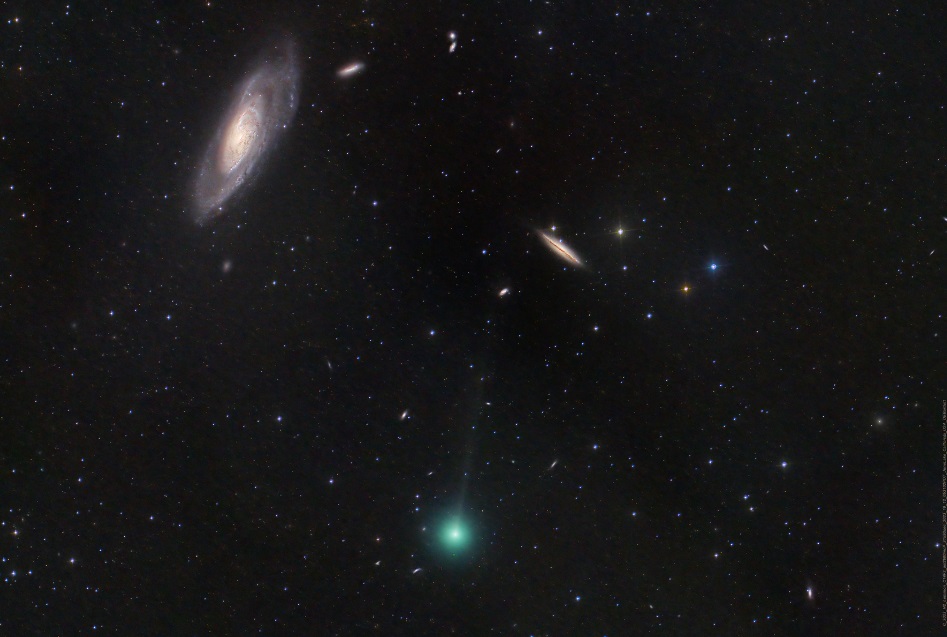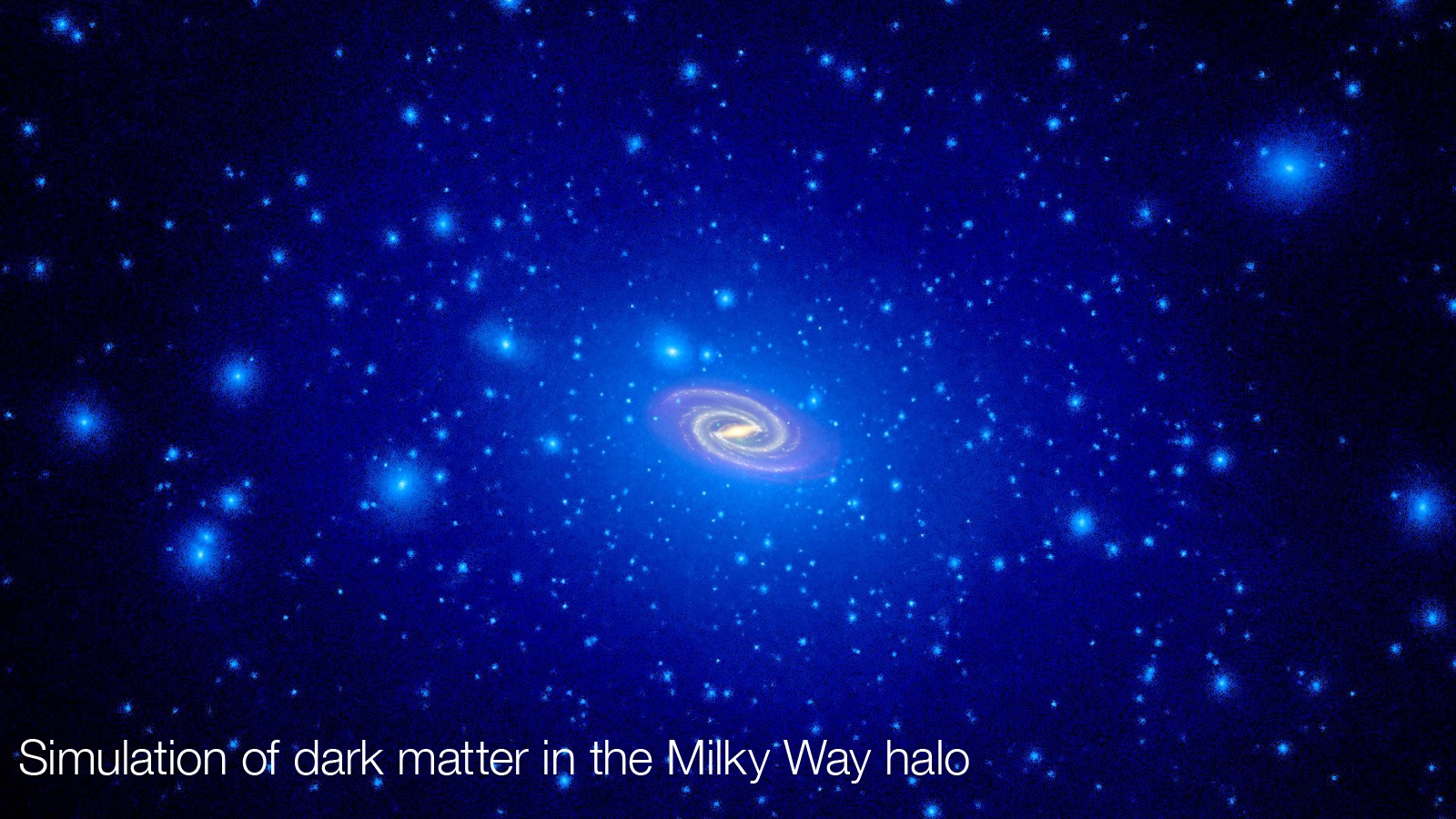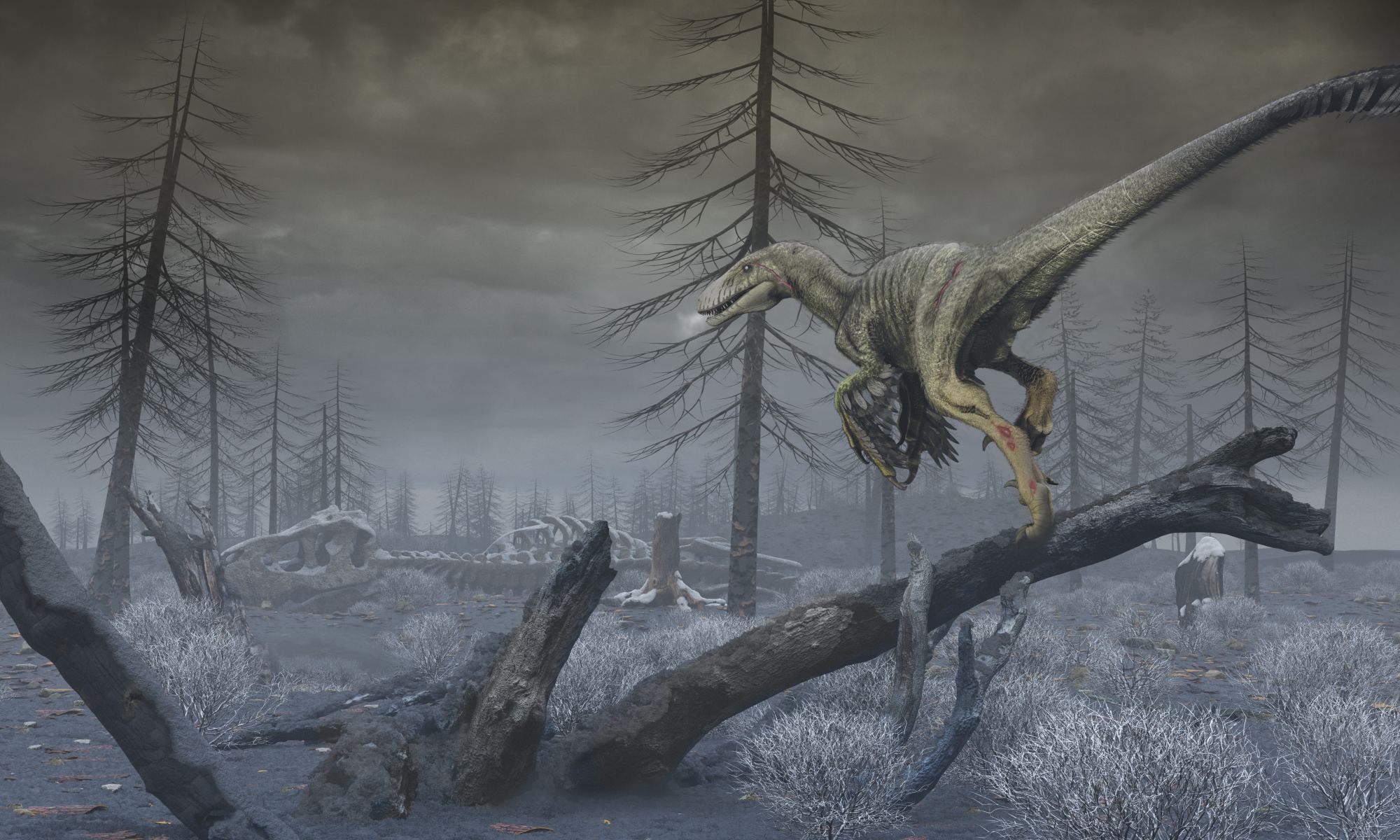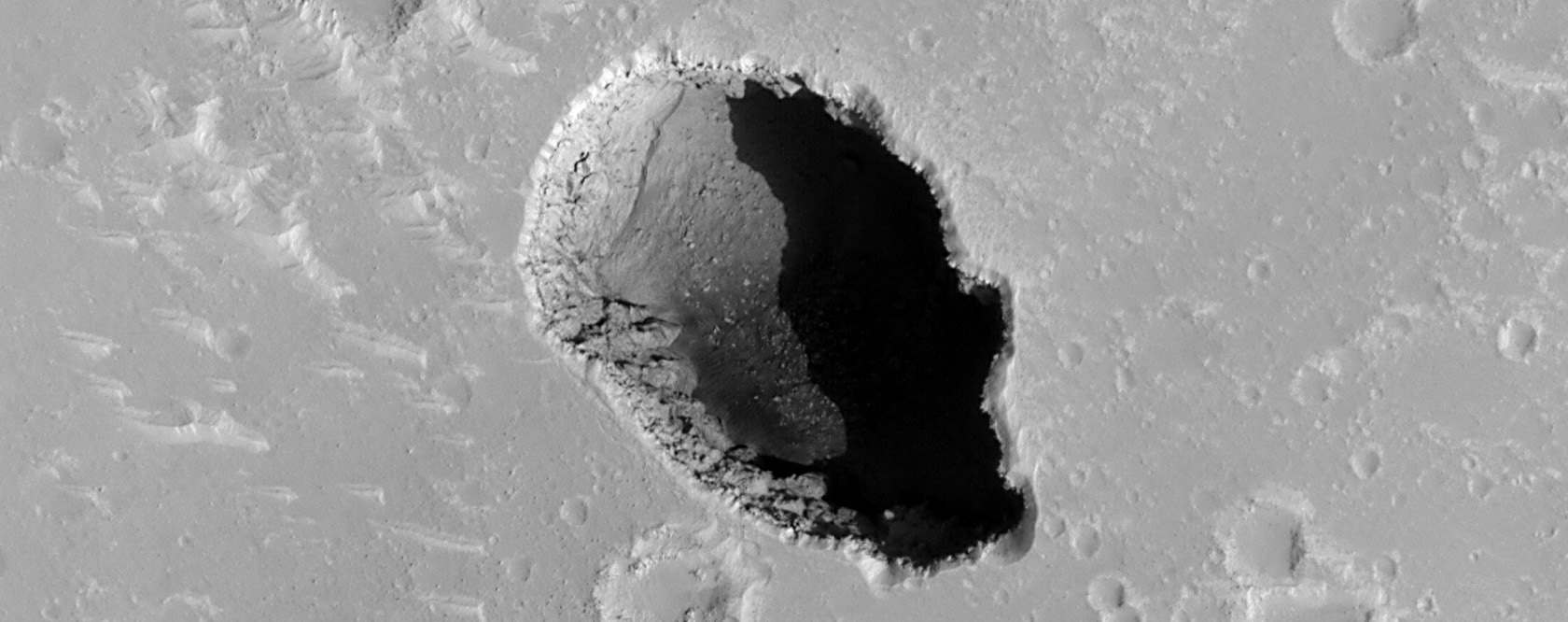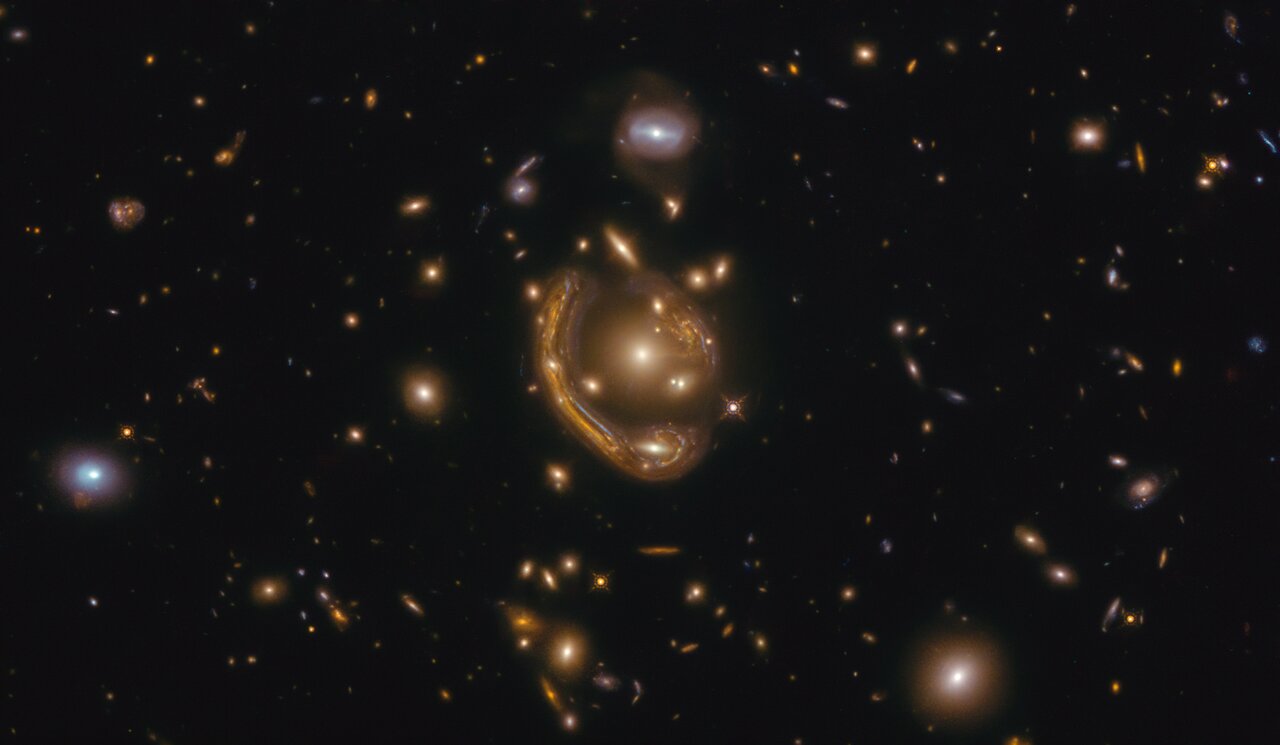Discovered early this year, Comet C/2023 H2 Lemmon may approach naked eye brightness this month.
A comet discovered earlier this year is performing above expectations, and is currently well-placed in the dusk sky. We’re talking about Comet C/2023 H2 Lemmon, moving up the charts now at magnitude +8 and brightening.
Continue reading “Comet H2 Lemmon Brightens in Early November Ahead of Expectations”
